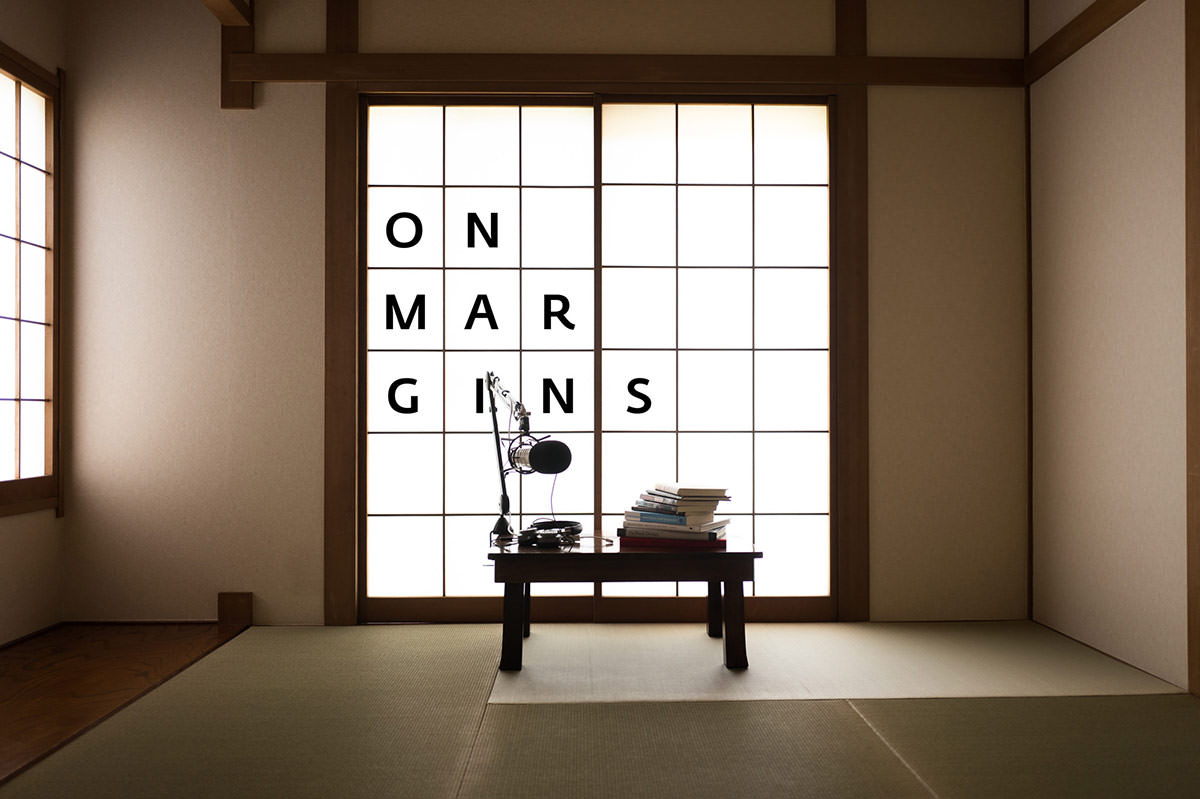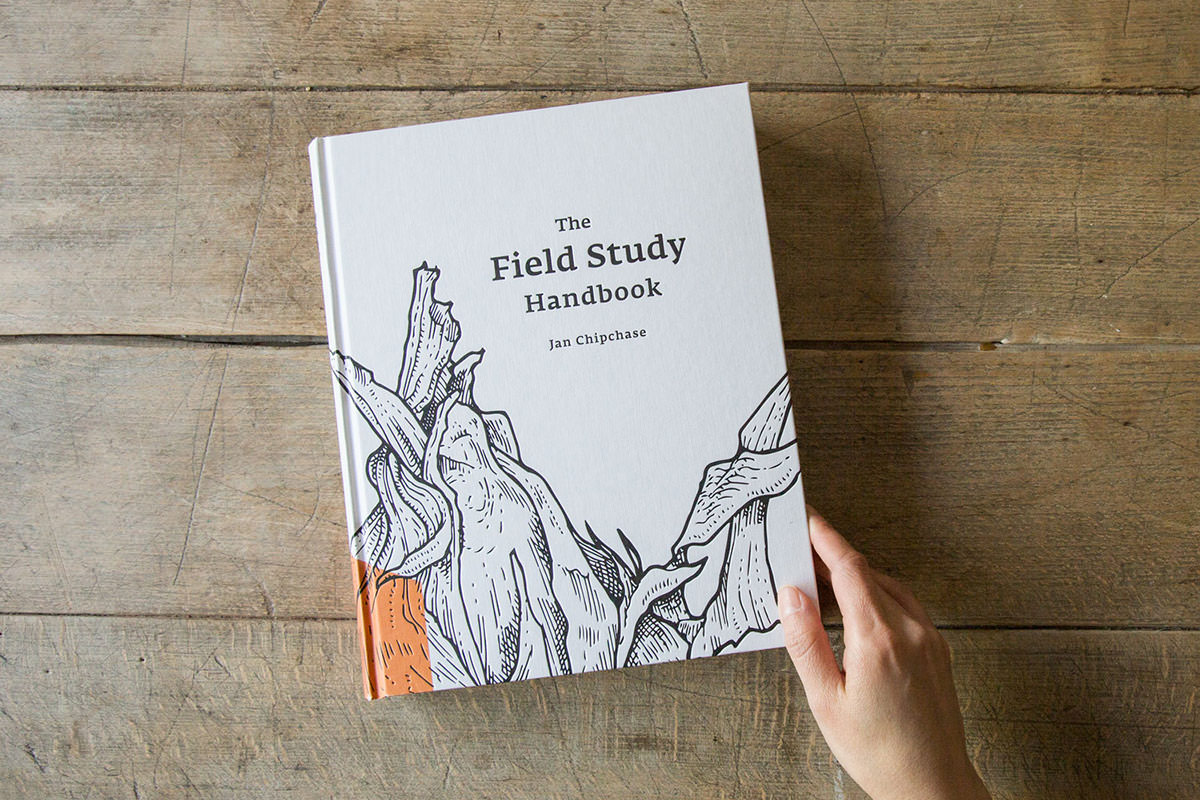
A Sense of Doubt blog post #2478 - Being a generalist and On Margins, a podcast
I used to get a steady stream of good things from Warren Ellis, my favorite writer in comics.
Hello from:

After:





And:

From my first lecture as visiting professor to the Arts, Design & Computer Science school at York St John University:
My job is just sitting in a room making shit up all day. I’m not complaining. But the best part is that I get to meet people, all kinds of people, in probably dozens of different fields. Because I hate silos. The idea that you find your specialty and stay in it. I mentioned that I never went on to higher education. I’m one of those terrifying random auto-didacts you read about, usually in news stories about sudden unexpected axe attacks or bombing campaigns against vending machines. I’m not even one of those freakish deep-thinking uncontained comprehensivists like Buckminster Fuller, whom some of you will probably have to look up afterwards. He once taught at MIT, where I spoke just a couple of weeks ago, and his course was called Comprehensive Anticipatory Design Science.
Which is probably another way of saying Arts, Design and Computer Science.
Fuller also taught at Black Mountain College, a weird experimental school in North Carolina – it’s near a place called Asheville, close to where I visited on book tour last winter, and we should maybe talk about Asheville one day – it used to be tobacco country, but when other pressures caused the government to remove a crucial financial crutch, the area collapsed back from 1400 acres of tobacco ground to a hundred, killing the local economy and emptying lots and lots of buildings that artists and musicians moved into for pennies – but, Black Mountain College – the point of the place from the start was that it was interdisciplinary. All the departments cross-pollinated each other.
And that’s kind of how I work and move around the place. All the time, I talk to directors, musicians of all kinds, artists, designers, coders, security threat modellers, genetic engineers, space doctors, philosophers, actors, writers, actual mad scientists. I met Ev Williams at dinner when he was still building out Blogger and I was just a bloody comics writer – but I was in the Bay Area to speak onstage at a “future of the web” conference next to a musician called Thomas Dolby and a software engineer called Grady Booch. Not because I am brilliant or special but because when the opportunity to step outside my perceived silo comes up, I grab it.
Specialisation worked out pretty interestingly for arts, science and the humanities in the 20th Century, sure. I mean, unless you were into philosophy, which was completely subsumed by academia and strangled in the dark. I should apologise to my philosopher friends for that, but they’re aware of it -- Peter Sjostedt publishes through Psychedelic Press to get his ideas out of the silo. The 21st Century is going to work a little differently. Nobody was ready for Bucky Fuller and his comprehensivist geodesic dome bullshit in 1950, and Black Mountain College didn’t last twenty five years, but, this year, if we don’t pay attention to everything and learn from everybody, then we’re probably all screwed.
The best bit of my life is that I get to talk to everybody, about everything, and put people from a bunch of different disciplines in the same room, and I get to listen and learn and apply that to whatever I do next. It’s a full speed life, and it’s riddled with challenges large and small, and I might still go down with arrows in my back, as Bruce Sterling said about me – but it’s entertaining as all hell.
And the point to this is – this is what the future is going to look like. Probably needs to look like. And that’s going to be where you’re living.
But let me start this next bit with something else.
If I were giving this talk a few years ago, I’d be talking about atemporality, the appearance of a long pause in the culture, the idea of Manufactured Normalcy that gives everything that grey JG Ballard pallor of banality, and Marshall McLuhan’s warnings about seeing everything through the rear view mirror. But I imagine most if not all of you have the feeling that everything’s gone a bit Mad Max Fury Road. I know people just a generation or two older than you who are off to learn permaculture farming or buying houseboats that can survive a trip across the North Sea.
From here, the Nineties look like the bloody Enlightenment. Back then, we were just a hungover post-imperial nation that was expected only to fuck, take drugs, make art and dance really badly. Now, the fight for the future is on. The fight for diverse and conscious voices, the fight for privacy and secure communication and home automation that makes sense, the fight for news and the fight for art that gets to say what it wants and design that looks forward and anything that isn’t just there to please the reactionary forces of xenophobic chinless ex-bankers and the racist daughter of a vicar from Little England and an angry orange pensioner in the thrall of actual fucking Nazis.
On Sunday night I read a headline including the term “weaponized artificial lifeforms.” Shit’s gotten weird. There are people at Brandeis inventing an actual new form of matter called a self-propelling liquid. Dogs can detect cancer by sniffing a bandage. In the last couple of months, we’ve discovered evidence of two mass extinction events we previously didn’t know about. As of a week ago, NASA are tracking a star that orbits a black hole every thirty minutes. It’s all strange, and it’s all getting faster and faster, but it’s all also the stories of where we are right now.
And the cave paintings of Chauvet Pont D’Arc have just turned out to be older than anyone though. The cave art – the first narrative visual media in the world – is some thirty five thousand years old. The stories of where we were right then. That’s how long we’ve been doing this.
I have two great loves. History and the future. And I use them both as tools to try and see where I am right now, and to try and describe what I think it looks like. Which is also the work of journalism. Reportage and narrative. See how I connect everything together and make it look like I’m smart, while also clearly making shit up. I’ve been doing this a long time. One day you too will be able to bullshit like me.
But the future is where we’re all living tomorrow, and it’s down to us both to summon it and to look ahead to see what shape it may arrive in.
Speculative fiction and new forms of art and storytelling and innovations in technology and computing are engaged in the work of mad scientists: testing future ways of living and seeing before they actually arrive. We are the early warning system for the culture. We see the future as a weatherfront, a vast mass of possibilities across the horizon, and since we’re not idiots and therefore will not claim to be able to predict exactly where lightning will strike – we take one or more of those possibilities and play them out in our work, to see what might happen. Imagining them as real things and testing them in the laboratory of our practice – informed by our careful cross-contamination by many and various fields other than our own -- to see what these things do.
To work with the nature of the future, in media and in tech and in language, is to embrace being mad scientists, and we might as well get good at it.
++
And then a guy married a robot.
It's getting weirder every day. Put on your lab coat. It's you and me and the Science, and we're damned if we're going to let it kill us. Hold on tight.
-- W
Because we all live in space
Roden Explorers — 012 — May, 17, 2017
[Just visiting? Subscribe to Roden Explorers.]
On Margins: A Podcast
Casting Pods: On Margins
Explorers —
I see everything in life as conspiracy to seduce me away from working on a book project that I really need to finish this year. (So he tells himself each year.) The last two months have been a banquet of seductions, and so consider this missive an exorcism — here they are, into the world, some of the things that have lovingly connived me away from that other thing:
Casting Pods: On Margins
 I started a podcast. There’s probably too many of these in the world. I’m not sure when anyone listens to them. But here it is!
I started a podcast. There’s probably too many of these in the world. I’m not sure when anyone listens to them. But here it is!
It’s called On Margins. It’s a podcast about making books. Episode 001 is with Jan Chipchase (more on Jan below). Subscribe on iTunes.
From the opening:
I’ve been working on and with books for over 15 years; as a designer, a publisher, a producer, and an author, and what I’ve realized over time is that the margins of a great book run deep. The more I’ve worked on my own books, the more I’ve come to realize that the white space and untold stories behind how and why a book is made are not only compelling but essential, and it’s within those margins that I want to spend some time.
Since I’ve never so much as touched audio software before, and don’t listen to many podcasts (S-Town is one of the only I’ve fully embraced in the last year (and I loved it in part, but agree with Kottke’s B+ scoring (although I personally found the last two episodes to be the most affecting and full of peak pathos; worth it for them alone))) this whole endeavor was a blast, a beginners mind of sticking my arm into a mucky swamp of techno-chaos. Something I haven’t done in a while. That anyone makes podcasts seems more of a miracle now than before.
However, I need your help: Who should I blab with? I’ve got my list of folks queued up, but I’m sure it’s not nearly as exhaustive, or interesting as it should be.
Kickstarter: Field Study Handbook

Speaking of Mr. Chipchase: He was always going to self publish his new book, The Field Study Handbook, but was not planning on launching a Kickstarter. Through some arm twisting, a few of us got him to reconsider and, well, the son of a gun is now at $230,000.
As usual, the main value prop of Kickstarter is less in the money bits (although, obviously, it’s that too), and more in the community bits. To see the intention of this book spread as it has, has been a joy.
But but but — I hear you ask, What is the Field Study Handbook? Here’s Jan’s one liner for it:
“Travel anywhere, make sense of the world, and make a difference.”
It’s a book Jan has been working on, whole-heartedly, without compromise, for the last six years, in the kind of fever dream state of someone who needs to get a thing into the world. It’s a distillation of his brain, and his brain is a mighty interesting (often petrifying) place to hang out.
Ostensibly it’s guide to running field research, but it’s really a manual for travel. My blurb for it goes thusly:
TFSH is a book about respecting the world and engendering curiosity. A curiosity to go deeper into cultures, cities, communities. And to do so respectfully, with an awareness of how and why the machinery of society works as it does. TFSH teaches you how to be a global citizen of the highest order.
If now you’re wondering, What’s field research? My piece here for The Atlantic goes into some of the nitty gritty about design ethnography and sleeping in the field.
Time is running out, and if you haven’t jumped on the Field Study train, you probably should. He already sold out of his first print run, and there are only 250 books left at the book-only tier.
Essay: Tools and Permission

I have a new essay up on Medium. It’s about tools and creative permission. Be warned, however: It’s for subscribers only. (Medium has lifted the invite-only aspect of their subscriptions, so anyone should be able to subscribe now, right from that link.)
From the piece, on Robert Frank’s “The Americans:”
What’s most extraordinary about [Robert] Frank’s images is how banal they now seem. He set a precedent, and we’ve been awash in copycats for the past 60 years. But when reflecting on Frank’s work, it’s easy to ignore the tool that enabled him to “snap,” to be discrete enough to take, for example, the photo of that elevator girl, the candid shot inside a bar in Gallup, New Mexico. He was using a Leica IIIf rangefinder, which had been released just a few years prior to his trip. At the time, it was one of the smallest and most capable 35mm cameras you could buy.
I also discuss Google Maps and Street View as photographic tools, print on demand, and the forthcoming L16, 16 lens camera:
The L16 leverages the economies of scale resulting from Apple and Samsung market competition their one-upsmanship drive to produce better smartphone cameras and the insatiable appetite around the globe for smartphone ownership. In the case of the L16, the company’s engineers-as-artists were given permission to see what they could produce if lenses were effectively free ($1 each) and accompanying sensors a rounding error ($3 each). From no phones in cameras a decade ago to being able to put 16 cameras into a device the size of a phone for $70 today.
Why did I publish subscriber only?
- It paid well. Rare, as anyone out there getting paid to write things knows.
- I want to believe a “Netflix for text” — or more generally, a non-advertising dependent platform that supports longer-form writing — is possible. I don’t know if it is possible, but I certainly think it’s worth exploring. (But isn’t that basically what The New Yorker is? Kind of, but it’s still way too tied into ads.)
- In order to understand systems, it’s important to use systems. Pushing an essay through this system helped me understand it in a ways otherwise impossible. (I’m an advisor for Medium, so part of that job, too, is understanding these systems.)
I hope you’ll give it a whirl.
Static sites
In the end I went with Hugo for generating my Roden and On Margins sub-sites. This newsletter is being written in Markdown, and then I’ll have Hugo render it out into an archive and mail-friendly template.
Hugo fulfilled my general first principles mode of using technology: use the simplest solution until you hit all of its edges. Hugo is the simplest — yet still malleable — generator of all the static site generators I tried. It’s also very actively worked on, something I also highly value. The Hugo community feels alive and thriving. It took me a while to understand precisely how it worked, but now that I’m intimate with its mechanics, it’s a wonderful little system. Highly recommended.
On the road

After spending the last few months in relatively one place (or at least one country), I’m off on the road again. Speaking at Design Thinkers Vancouver at the end of May. Keynoting the books portion of the Yale Publishing Course (my 7th year!) at the end of July. And running off to a Ragdale residency outside of Chicago in November. With a few big walks (10+ days each) planned for the fall.
For June and July I’m going largely into hermit mode, to work on that book that everything else sucks me away from. (I’ll be channeling a bit of Jan’s uncompromising tenacity.)
(The photo above is from a bubble-era hotel lobby on the shore of Lake Toya in Hokkaido. It’s a purty place. Though if you make it there, I recommend focusing on the town of Toya (north side of lake), rather than the bubble side (south side of the lake). The contemporary art museum is supposed to be great (it was closed both days we were there).)
As always, thanks,
C
Roden is made possible by:
SPECIAL PROJECTS Memberships
Join today to support Roden and more of my work.
⦿
Roden?
A monthly electronic letter from Craig Mod.
Archived here.
Explained here.
Subscribe here.
+++++++++++++++++++++++++++++++++++++++++++++++++++++++++++++++++++++++
+++++++++++++++++++++++++++++++++++++++++++++++++++++++++++++++++++++++
+++++++++++++++++++++++++++++++++++++++++++++++++++++++++++++++++++++++
- Bloggery committed by chris tower - 2111.30 - 10:10
- Days ago = 2342 days ago
- New note - On 1807.06, I ceased daily transmission of my Hey Mom feature after three years of daily conversations. I plan to continue Hey Mom posts at least twice per week but will continue to post the days since ("Days Ago") count on my blog each day. The blog entry numbering in the title has changed to reflect total Sense of Doubt posts since I began the blog on 0705.04, which include Hey Mom posts, Daily Bowie posts, and Sense of Doubt posts. Hey Mom posts will still be numbered sequentially. New Hey Mom posts will use the same format as all the other Hey Mom posts; all other posts will feature this format seen here.
No comments:
Post a Comment